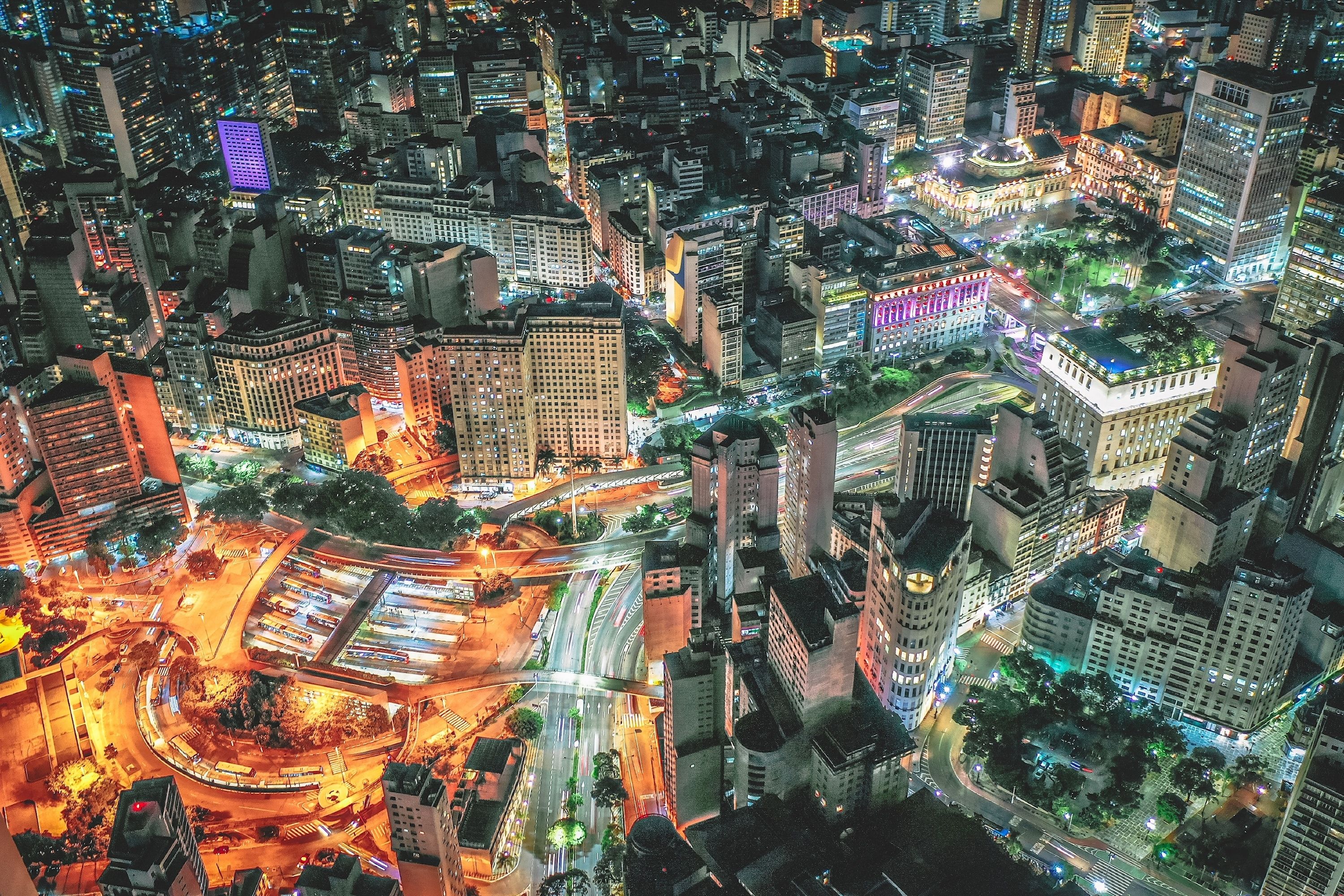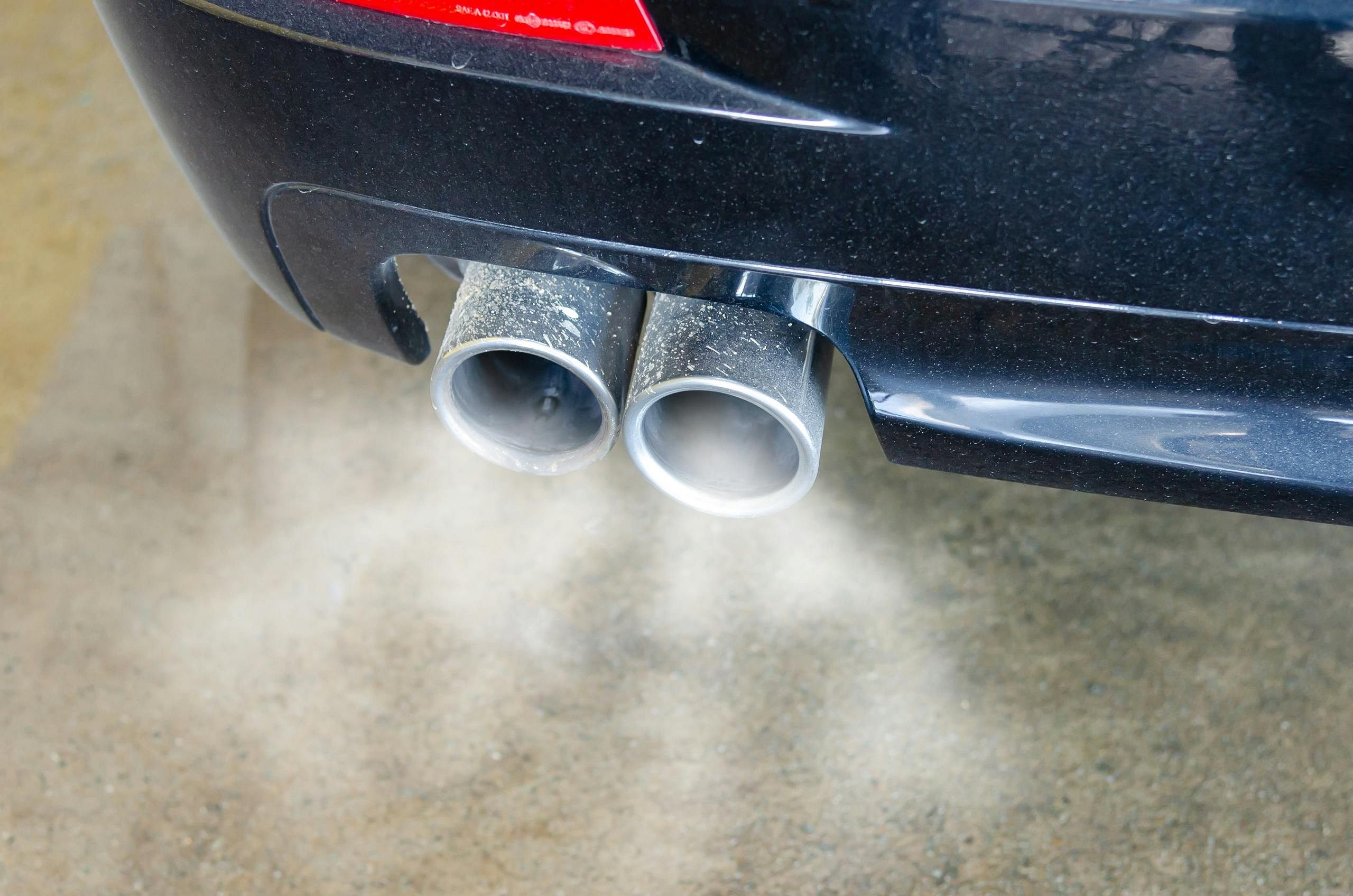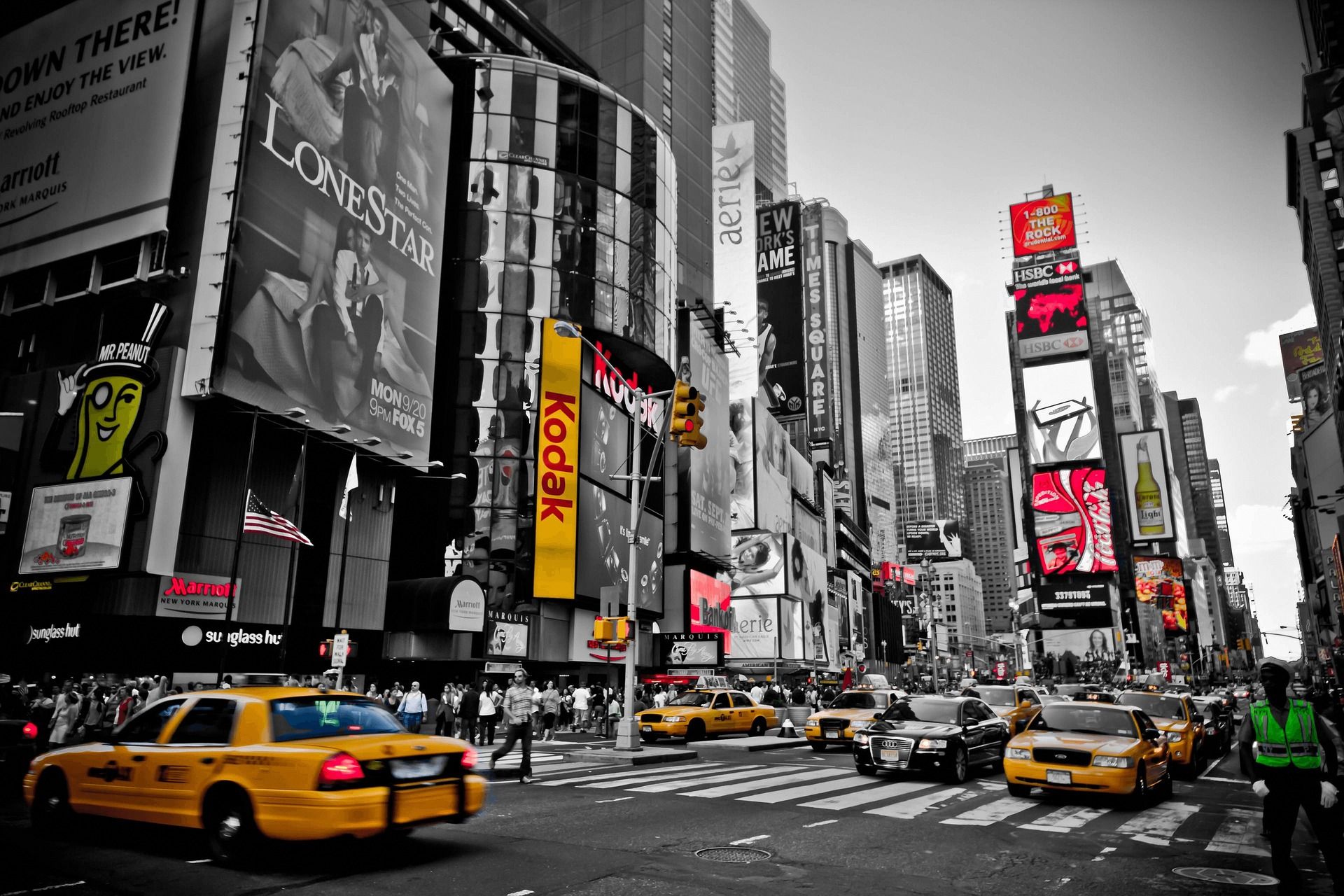Six months after axing a plan to introduce the first vehicle congestion charges in the country, New York State Governor Kathy Hochul brought the plan back. The governor’s office is quick to call this a savings for New Yorkers, ignoring that the original higher-priced fee was never formally enacted. The fee would be a $9 toll for all cars entering New York’s Central Business District, which is Manhattan below 60th Street. For tourists, that’s everything south of Central Park.
Related
AI-Based Traffic Management Saves Motorists 4,700 Days Of Waiting
The technology could also be used to reduce vehicle emissions and road accidents.
Fee Would Charge All Vehicles Entering Lower Manhattan
The new fee will be $9 for a passenger vehicle. Small trucks would pay $14.40, and large trucks and sightseeing buses would pay $21.50. The fees would be charged once per day for passenger cars and motorcycles, though trucks entering and leaving would pay each time they re-entered the city. There are also credits for the fee for drivers using a tolled crossing. This is a massive cut from the original fee, which was set to be $15 per trip before the governor canceled it in the summer.

Related
New York City’s London-Style Congestion Charges Coming As Early As Next Year
The initiative aims to reduce traffic and improve air quality.
Drivers with disability exemptions and low-income drivers could qualify for a discount. Nighttime crossings would receive a 75 percent discount compared to daytime trips. “No New Yorker should pay a penny more than absolutely necessary and $15 was simply too much,” said Hochul. However, the fees could increase to $12 starting in 2028.
City Looking To Improve Air Quality, Reduce Traffic
The congestion charge has two main goals. The first is cleaner air through reduced traffic, since apparently the popularity of vehicles like the Tesla Model S and Hyundai Ioniq 5 aren’t enough to fix the problem on their own. The Hochul administration estimated a 10 percent reduction in the number of vehicles and a five percent reduction in miles traveled with the addition of the congestion fee. Fewer vehicles and less driving should equal lower emissions and higher air quality in the congested city.

Related
New Report Shows Vehicle Emissions Haven’t Dropped In More Than A Decade
The European Court of Auditors says passenger vehicles on European roads are the same as they were 12 years ago.

Add CarBuzz to your Google News feed.
The second is to help fund public transit projects. The Governor’s office said that it was planning to fund projects, including $15 million to replace diesel refrigeration units in the Bronx and $20 million for an electric truck charging infrastructure. Larger investments include $15 billion to help extend one subway line, modernize subway infrastructure, and add new electric transit buses with an eye to expanding service across NYC.
The governor’s office is hoping to start the charge in early 2025. The new push to pass the plan is to make sure it takes effect before President-elect Donald Trump takes office in January. Trump has said in the past that he is opposed to congestion pricing, and would terminate it in his first week in office. The Federal Highway Administration, part of the Department of Transportation, has to sign off on the program before it goes into effect.
News Summary:
- NYC Reintroduces Controversial Congestion Charge
- Check all news and articles from the latest Tech updates.
- Please Subscribe us at Google News.



